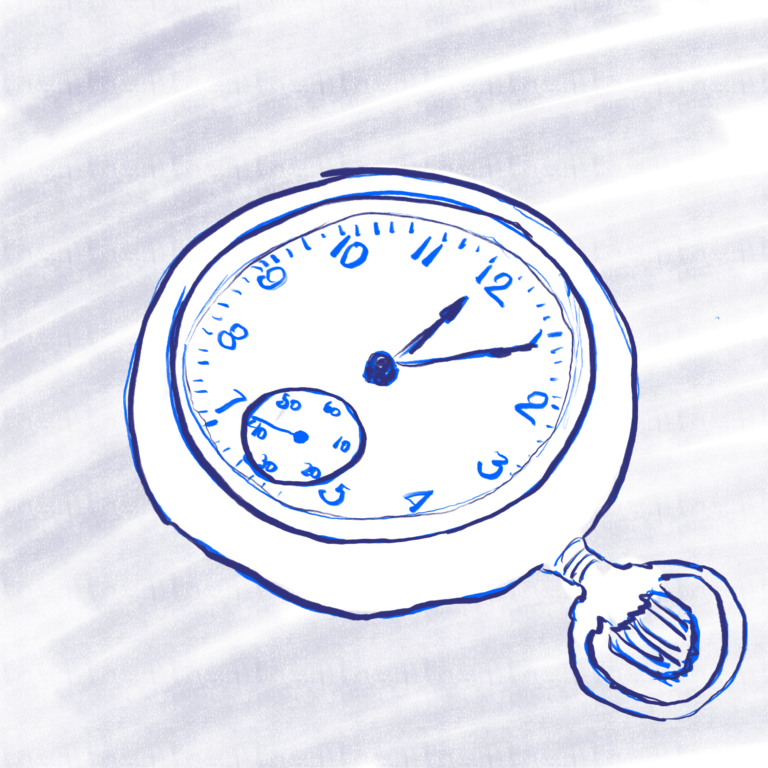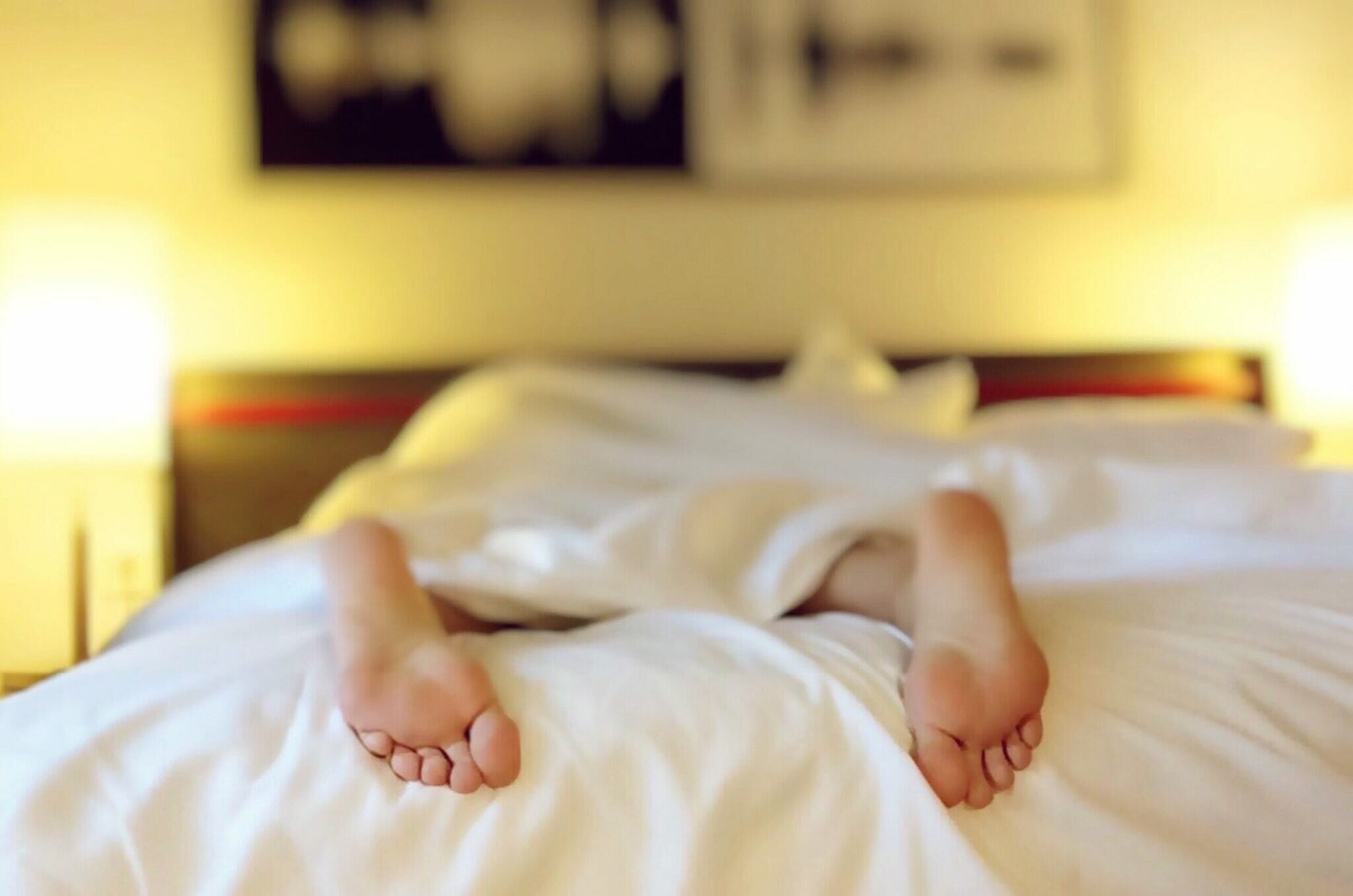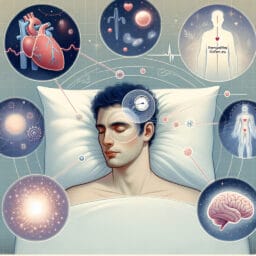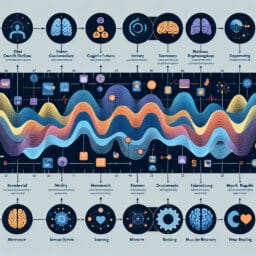
How to Fall Asleep Fast
Sleep is essential to our health and wellbeing. Not sleeping enough can be a nightmare, especially when you’re tossing and turning in bed. I know the feeling, staring at the ceiling and thinking “Why can’t I fall asleep, what’s wrong with me??” Often this inability to fall asleep can be caused by external factors. Untreated anxiety is the most pervasive. Luckily, there are some answers.
The Science of Sleep: How Our Bodies Fall Asleep
There are four stages of sleep: Non-Rapid Eye Movement (NREM stages 1-3) and Rapid Eye Movement (REM). During NREM stage 1 the body starts relaxing and your breathing slows while your heart rate decreases. In NREM stages 2 and 3, you begin to fall progressively deeper towards REM sleep. You spend about 75% of your total sleep duration in the NREM sleep stages, before falling to the deepest stage: REM Sleep. During the REM Sleep stage brain activity actually increases. This is when dreams happen, and it’s believed that important parts of learning and creativity happen here.
The Best Way to Fall Asleep Fast: How to fall asleep in 10 seconds– flat.
I think it’s important to start with this: trying to fall asleep fast is the worst way to fall asleep fast. Let me repeat, trying to fall asleep fast is the worst way to fall asleep fast. If your mind is concerned with racing thoughts of “am I going to get to sleep? Why can’t I sleep?”, these very thoughts are what is preventing you from falling asleep. Ok, falling asleep in 10 seconds is pushing it. I don’t think anybody can fall asleep that fast. But you can learn to be faster! The actual best way to fall asleep fast is to learn to understand and distract these thoughts and allow sleep onset to occur naturally.
Picking up a meditative or NSDR (non-sleep deep rest) practice is one of the best ways to practice these skills during waking hours. It may be helpful to pick another deep breathing or progressive muscle relaxation method that you can practice while in bed getting ready for sleep! Deep breathing exercises involve focusing on the breath and it’s duration. Progressive muscle relaxation is a technique in which you tense and release different muscle groups encouraging bodily relaxation.
Sleep Hygiene: How To Set Up Your Environment For Success
Besides the mental aspect of sleep, which is considerable, your environment plays an incredibly important role in sleep onset and quality. Creating an environment in which sleep is easy and restful is important for peak performance and health. You may need to create your own sleep hygiene checklist, but to get you started we’ve listed a few of the big ones below:
- Ensure your room is cool, lower temperatures encourage sleep.
- It needs to be dark. I’m talking dark dark. Can’t see your hand in front of your face, dark. If you don’t have blackout curtains, you should. Morning-you will thank you for it.
- Avoid caffeine and alcohol before bed. The glass of red wine does not help you sleep, even though you wish it did. The double espresso doesn’t either (but you knew that already).

Conclusion
Maintaining excellent sleep hygiene and understanding the importance of relaxation techniques are your best bets for being able to fall asleep FAST. Remember, wanting to fall asleep fast is the surest way to not fall asleep fast. Make your sleep hygiene and relaxation techniques part of your sleeping habits, and you’ll soon learn to allow yourself to fall asleep– instead of force!


